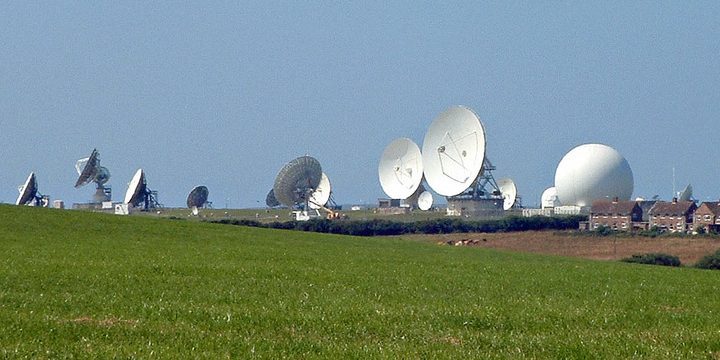Computer security skills like those taught at Abertay University are on the frontline of a fight against a “real and credible” threat of cyber attack, a leading intelligence figure has said.
Government Communications Headquarters (GCHQ) director Iain Lobban, in a rare public speech, said Britain’s future economic prosperity depended upon developing effective defences against a cyber assault.
Abertay became the first university in the UK to equip students with the skills required to counter such an attack when it launched an ethical hacking course in 2006.
It built on these credentials this year by starting a digital forensics course to provide techniques for analysing crimes after the event by piecing together fragments of digital information.
Course head Dr Ian Ferguson told The Courier the techniques learnt by his students were “crucial” in countering the threat of cyber espionage.
“The skills taught in these courses are exactly what Mr Lobban is talking about. It is about responding to the very real cyber threats that are out there,” he said.
GCHQ is most closely associated with electronic intelligence gathering, but Mr Lobban used his speech to the International Institute for Strategic Studies on Tuesday night to stress it also has a security role.
He revealed that each month there are more than 20,000 “malicious” emails on government networks, while intellectual property theft is taking place on a “massive scale” some relating to national security.
“It’s not a narrow security issue for the spooks but a wide economic issue that demands a holistic response,” he said.’Getting cyber right'”Fundamentally, getting cyber right enables the UK’s continuing prosperity. In order to flourish, a knowledge economy needs to protect the intellectual property at the heart of the creative and high-tech industry sectors.
“It needs to maintain the integrity of its financial and commercial services.”
Mr Lobban did not go into detail about the threat to the UK’s critical national infrastructure, but said it was “real and credible” and required a swifter response to match the speed with which “cyber events” happened.
However, he added that cyberspace also offered many opportunities if Britain could get its defences right and ensure its networks were “intrinsically resilient.”
Dr Ferguson said he concurred with Mr Lobban’s assessment of the situation.
“I don’t disagree with a word of what he said, but in ways I wish it had been said four or five years ago,” he said.
“Obviously he is talking about the defence implications with the government’s comprehensive spending review coming up, but it is much wider than that.Protection”Any organisation with a large computer infrastructure is now looking for this kind of protection.
“It was the banks who first realised the importance of this but we are now finding all types of organisations are recruiting our graduates. I recently heard that even B&Q had hired people working in this field.”
The digital forensics course teaches students how to unravel the complex evidence hiding in phone handsets, computers and databases including messages that users were confident had been deleted.
As well as exploring new technical skills, students study elements of forensics, law and psychology, including how to collect and present evidence for a criminal prosecution and minimise the potential for cyber crime.
Photo used under Creative Commons licence courtesy of Flickr user mattwi1s0n.
